SIRIMA – Sinkhole hazard and risk management in post-mining areas
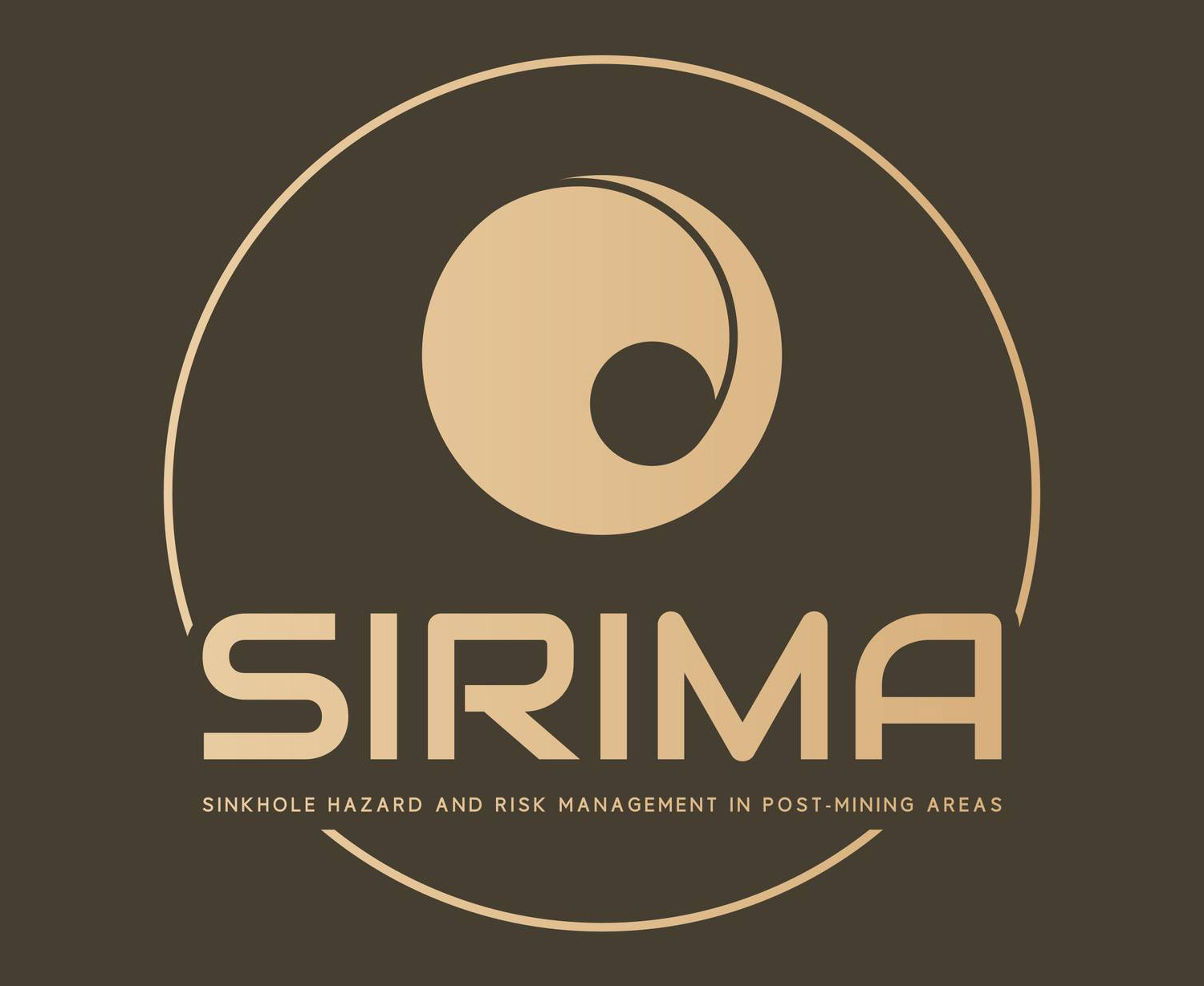
The SIRIMA project aims to improve the safety and sustainability of areas affected by mining activities by addressing risks such as surface deformation due to subsidence and rising groundwater that can lead to subsidence. The project collects both field and historical data from the partner countries to more accurately predict sinkhole hazards using machine learning models.
Proper mining operations are an essential prerequisite for the safety of land use. This safety includes the health and lives of local residents as well as the conduct of business activities and the use of areas that have been damaged by mining activities. The SIRIMA project focuses on increasing knowledge and experience of the hazards in post-mining landscapes in the EU Member States, particularly in relation to uncontrolled movements of the earth's surface.
In addition to subsidence caused by mining or movements resulting from the effects of mining vibrations, these movements can also take the form of uplifts caused by the rise of the groundwater level in the rock, as well as sudden sinkholes.
The occurrence of sinkholes in urban areas of coal regions poses a real threat to buildings, technical infrastructure, roads and other utilities. They can also pose a threat to people's health and lives, but most often they cause intense anxiety and stress and indicate a lack of control by local authorities over the managed areas.
The SIRIMA project focuses on increasing knowledge and experience on the vulnerability of post-mining landscapes in the EU Member States, particularly in relation to uncontrolled surface movements.
By developing new methods for assessing the risk of uncontrolled earth movements, the project aims to provide insights into how the decommissioning of mining facilities and the subsequent changes in geological and physical parameters can influence the formation of sinkholes.
Project duration
01.07.2024 – 30.06.2027
Project objectives
- Creation of a European sinkhole database and analysis of the conditions for the occurrence of sinkholes in order to better manage the risk in the future in the coal region in transition.
- Investigation of the effects of mine flooding on surface instability.
- Identification of sinkhole hazards and risks associated with near-surface coal mines.
- Development of a machine learning model that helps the various stakeholders in the post-mining phase to better predict the risk of sinkholes
- Proposal for an operational monitoring tool that integrates communication of the hazard to the public and decision-makers.
- Development of an operational guide for mining authorities, stakeholders, etc. The aim of the guide is to better integrate the risks of sinkholes into the risk management and sustainable development of the changing coal region.
- Development of a spatial decision support system (sDSS) that integrates multi-criteria decision analysis (MCDA). This system improves decision-making by providing stakeholders with accurate, data-driven insights for effective risk management, ensuring a safer and more sustainable post-mining landscape.
Project funding
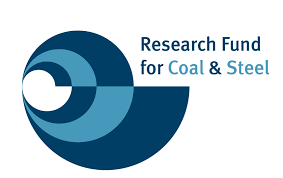
The SIRIMA project is funded until June 30, 2027 by the Research Fund for Coal and Steel .
Project number 101157400
Project homepage
Project partner
GIG-PIB, INERIS, BRGM, DMT, IMG PAN, SUBTERRA, UL, GEODERIS
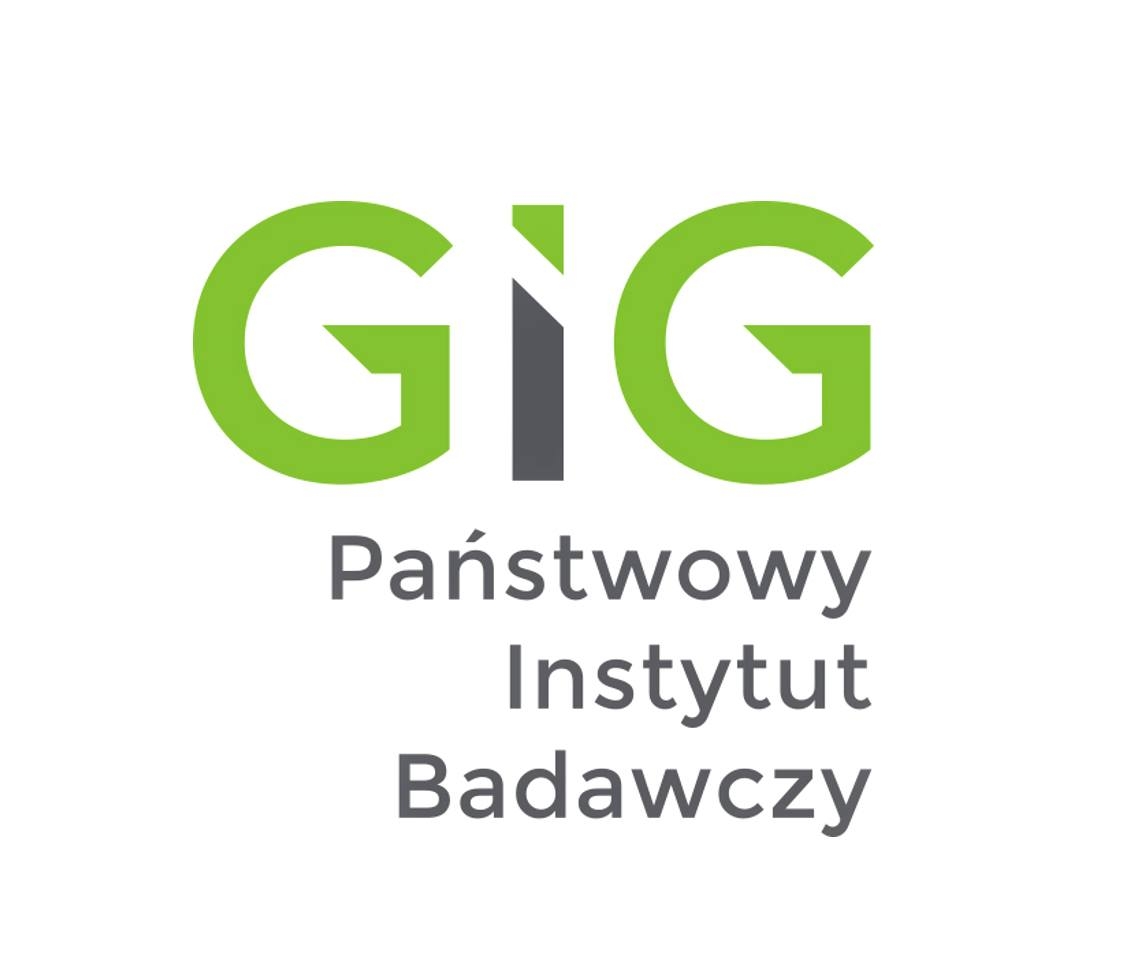

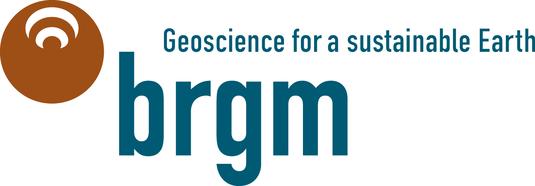
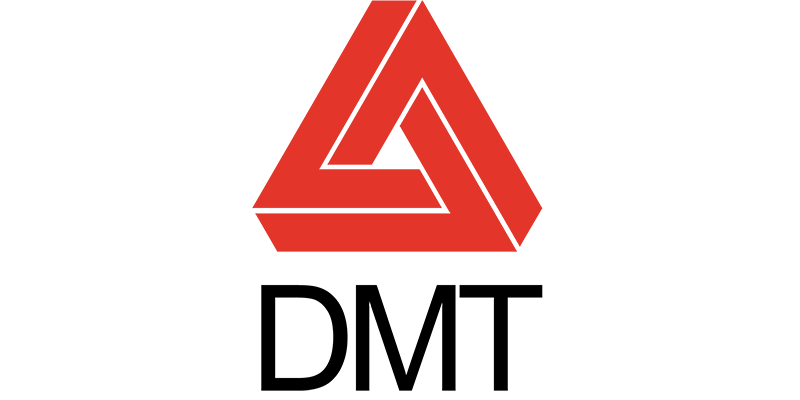
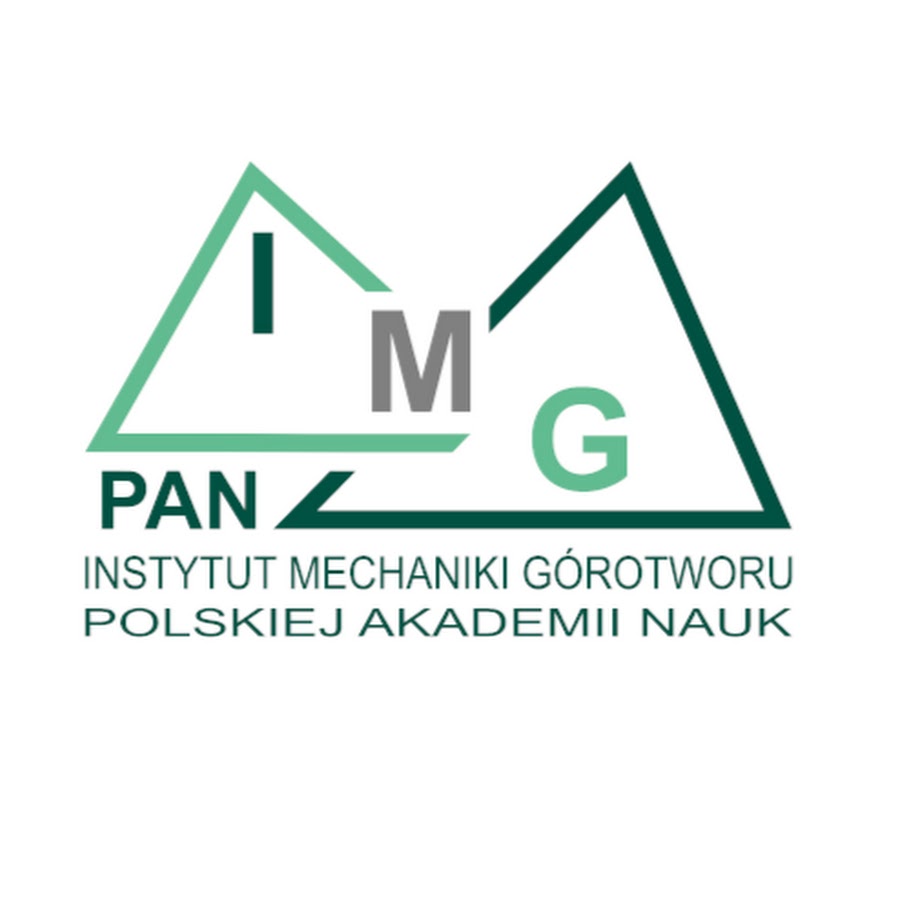

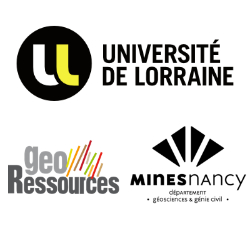

Contact

Prof. Dr. rer. nat. Tobias Rudolph
Technische Hochschule Georg Agricola, University
Herner Street 45
44787 Bochum
Building 2, room 101
Phone 0234 968 3682
Mail tobias.rudolph@thga.de

Quynh Anh Nguy Thi
Technische Hochschule Georg Agricola, University
Herner Street 45
44787 Bochum
Building 2, room 106
Mail quynhanh.nguythi@thga.de


